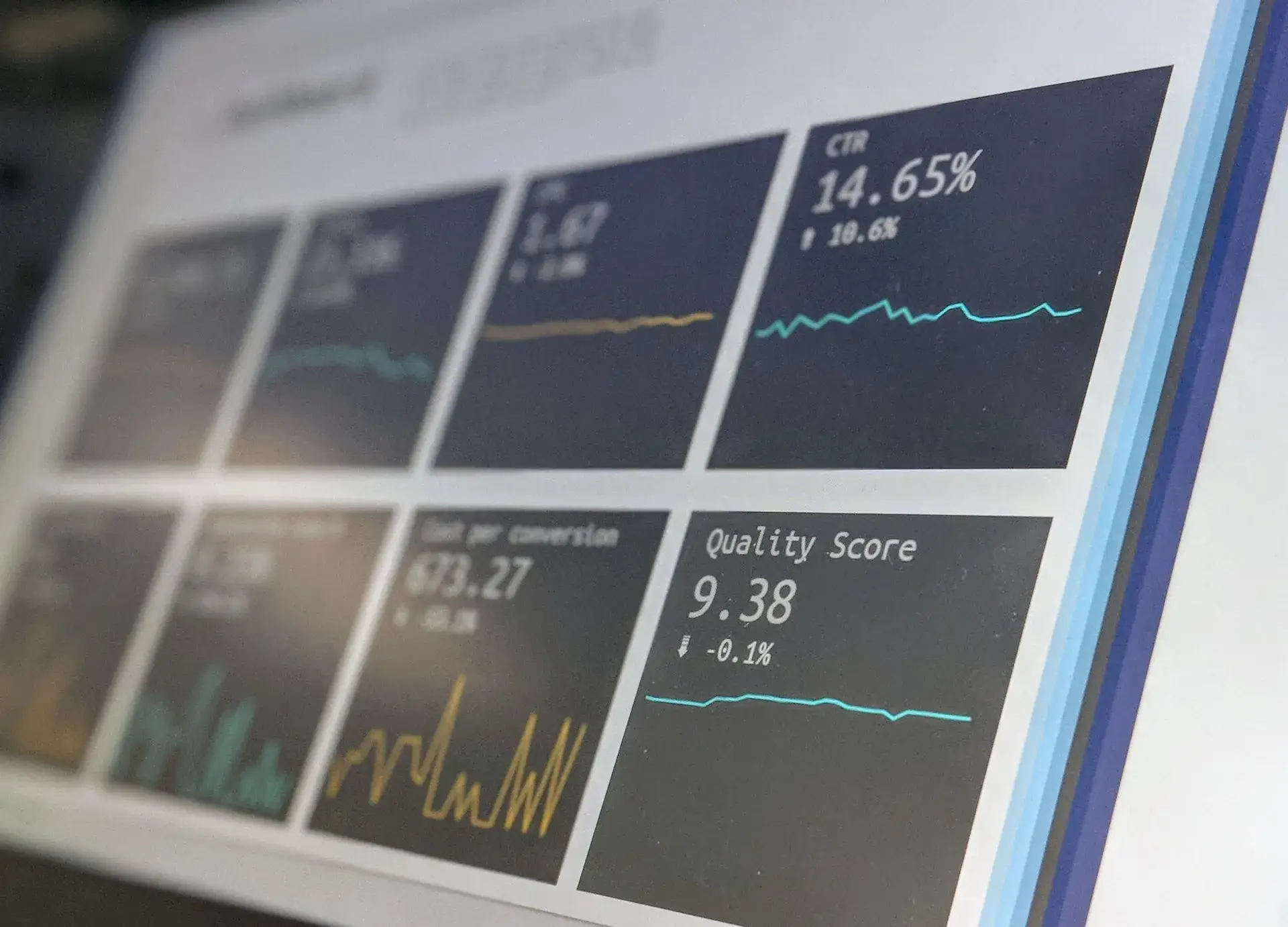
Carlos Costa
This post by Mr. Carlos Costa discusses the role that Machine Learning (ML) and Artificial Intelligence (AI) can play in data-driven decision-making. He emphasizes that companies can leverage the power of ML and AI to take Business Intelligence (BI) to the next level.
In the ever-changing world of business, embracing innovation is paramount to stay ahead. In today’s fast-paced corporate landscape, the power of machine learning and artificial intelligence is revolutionizing the way organizations extract insights from their data. These advanced technologies enable businesses to unlock hidden patterns, extract valuable information, and make data-driven decisions. In this blog post, we unveil the unparalleled potential of these cutting-edge technologies, shaping the future of informed decision-making, and empowering organizations to unveil the latent insights that lie dormant in their data assets.
1. Harnessing the Potential of Machine Learning:
Machine learning algorithms possess unparalleled prowess in analyzing vast datasets and identifying patterns autonomously. By leveraging this technology, businesses can uncover valuable insights and trends that may have otherwise gone unnoticed. With expertise in classification, regression, clustering, and anomaly detection, machine learning algorithms facilitate precise predictions, granting organizations a distinct competitive advantage. Capable of handling complex and multidimensional data, these algorithms extract significant information from diverse sources, propelling businesses toward informed decision-making. Moreover, data preprocessing, including cleansing, filtering, and structuring, is pivotal for effective data visualization. Machine learning algorithms seamlessly handle these tasks, eliminating noise, handling missing values, and transforming data into a format optimized for insightful visualizations.
2. Elevating Data Visualization with AI:
Data visualization is an essential component of effective data analysis, as it facilitates the understanding and communication of complex information. With the integration of AI-powered mechanisms, data visualization tools achieve new heights by automating the process of creating visual representations of data. These AI-powered tools autonomously select appropriate chart types, refine layouts, and propose insightful visualizations based on data attributes. AI algorithms can also detect patterns and relationships within the data, providing interactive visualizations that enable users to intuitively explore and interact with the information.
3. Enabling Data-Driven Decision Making:
Machine learning and AI revolutionize data-driven decision-making, delivering precise predictions, actionable insights, and real-time analytics. By analyzing historical data and pattern recognition, ML models forecast future trends, anticipate customer behavior, and optimize business processes. AI algorithms excel in detecting anomalies, enabling businesses to proactively resolve any issues and mitigate risk. In addition, AI-powered recommendation systems personalize customer experiences, enhance engagement, and drive revenue growth. Leveraging ML and AI, organizations achieve informed decisions that optimize efficiency, productivity, and profitability.
In conclusion, the integration of machine learning and AI in business analytics and data visualization is transforming the way organizations extract insights from their data. These advanced technologies empower businesses to uncover latent patterns, automate data visualization, and make data-driven decisions. By harnessing the immense power of machine learning and AI, organizations can secure a competitive edge, optimize their operational processes, and drive innovation. As the field continues to evolve, it becomes imperative for businesses to wholeheartedly embrace these transformative technologies to unlock the full potential of their data and stay at the forefront of an increasingly data-centric world.